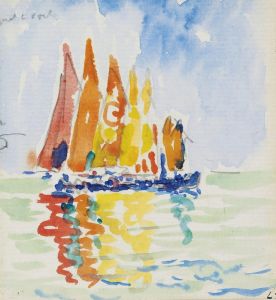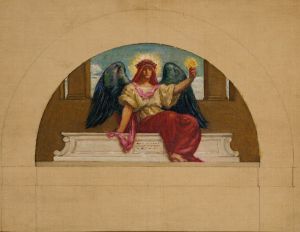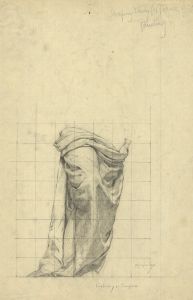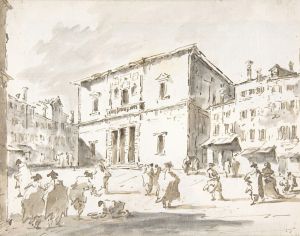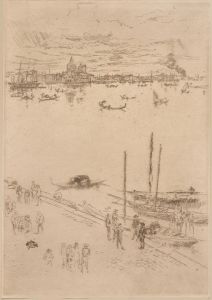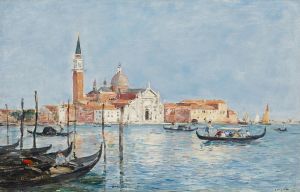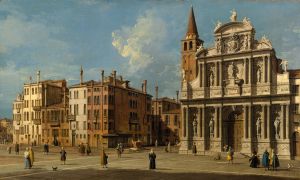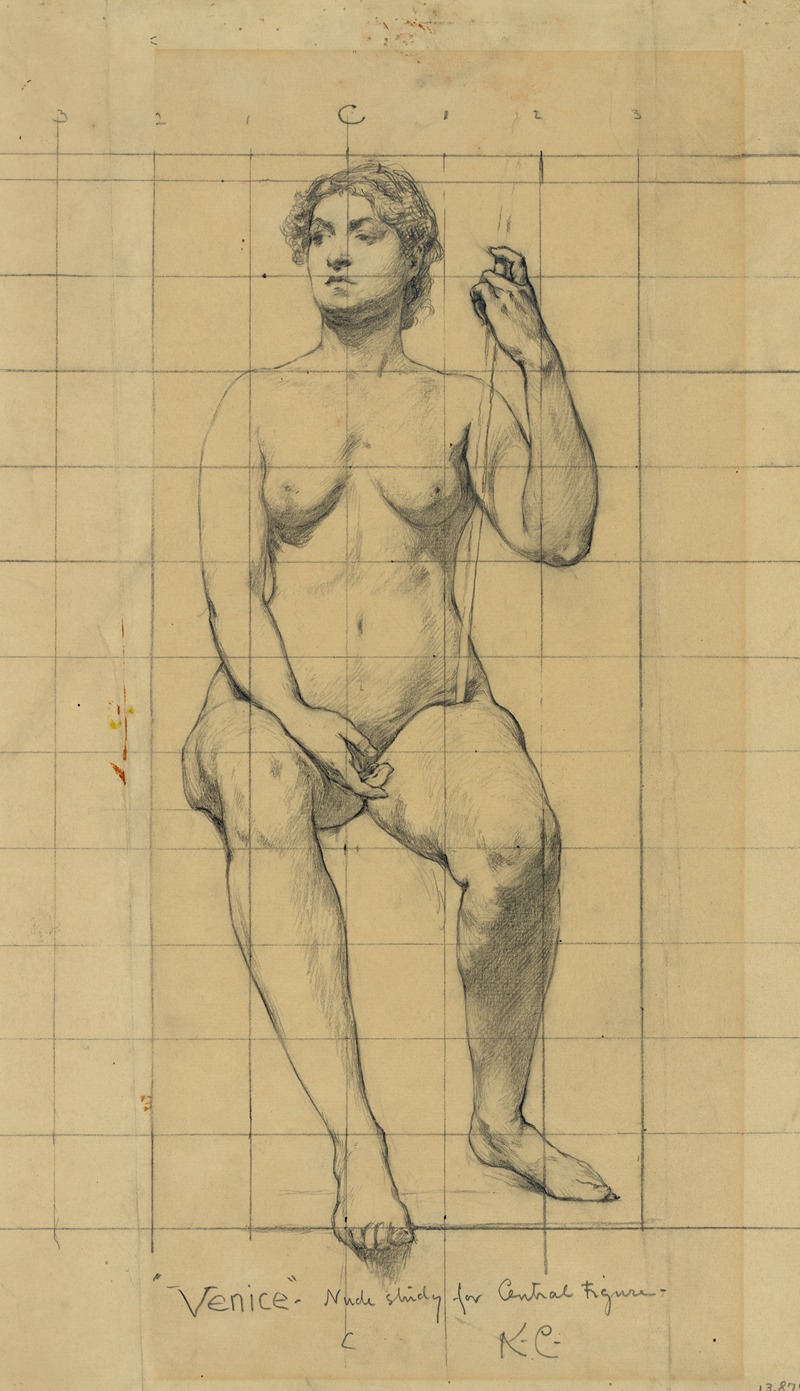
Venice
A hand-painted replica of Kenyon Cox’s masterpiece Venice, meticulously crafted by professional artists to capture the true essence of the original. Each piece is created with museum-quality canvas and rare mineral pigments, carefully painted by experienced artists with delicate brushstrokes and rich, layered colors to perfectly recreate the texture of the original artwork. Unlike machine-printed reproductions, this hand-painted version brings the painting to life, infused with the artist’s emotions and skill in every stroke. Whether for personal collection or home decoration, it instantly elevates the artistic atmosphere of any space.
Kenyon Cox (1856–1919) was an American painter, illustrator, muralist, and writer, known for his academic style and contributions to the American art scene in the late 19th and early 20th centuries. Among his body of work is the painting "Venice," which reflects his classical training and interest in traditional themes.
Kenyon Cox was born in Warren, Ohio, and studied art at the McMicken School of Design in Cincinnati before moving to Paris to further his education at the École des Beaux-Arts. There, he studied under the renowned French academic painter Jean-Léon Gérôme, which greatly influenced his artistic style. Cox was part of a generation of American artists who sought to bring European academic art traditions to the United States, emphasizing technical skill and classical themes.
"Venice" by Kenyon Cox is a painting that captures the essence of the Italian city known for its rich history, architecture, and art. While specific details about the painting "Venice" are not extensively documented, it is likely that Cox's depiction of the city would have been influenced by his academic training and his appreciation for classical art and architecture. Venice, with its unique canals, Renaissance and Gothic palaces, and vibrant cultural history, has long been a source of inspiration for artists around the world.
Cox's work often focused on allegorical and historical subjects, and he was known for his ability to convey narrative and emotion through his paintings. His style was characterized by a strong sense of composition, attention to detail, and a harmonious use of color. These elements would likely be present in his depiction of Venice, capturing the city's beauty and atmosphere.
In addition to his work as a painter, Kenyon Cox was also a prominent muralist. He completed several significant mural commissions, including works for the Library of Congress in Washington, D.C., and the Wisconsin State Capitol. His murals often depicted allegorical figures and historical scenes, reflecting his interest in classical themes and his belief in the moral and educational power of art.
Cox was also a prolific writer and art critic. He contributed essays and reviews to various publications, where he expressed his views on art and its role in society. He was an advocate for the academic art tradition and often critiqued modern art movements that he felt deviated from these principles.
Throughout his career, Kenyon Cox remained committed to the ideals of academic art, and his work, including "Venice," reflects this dedication. His paintings and writings contributed to the discourse on art in America during his time, and his legacy continues to be appreciated by art historians and enthusiasts.
While specific information about the painting "Venice" by Kenyon Cox may be limited, his overall body of work and his influence on American art provide valuable context for understanding his artistic approach and the themes he explored.





